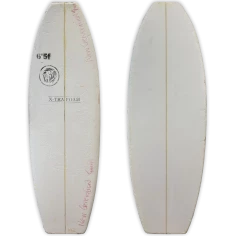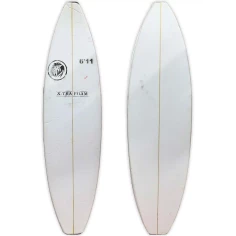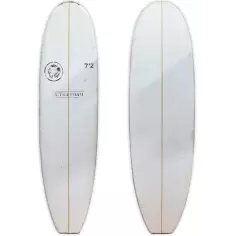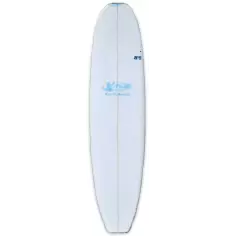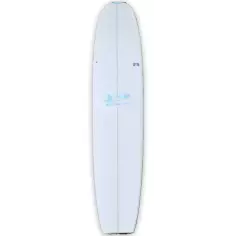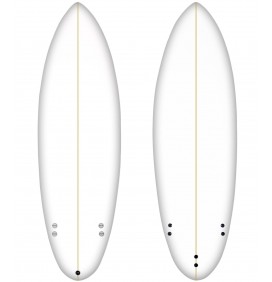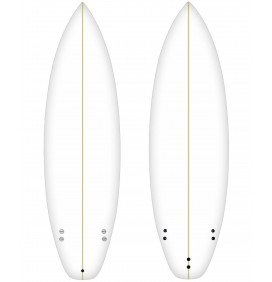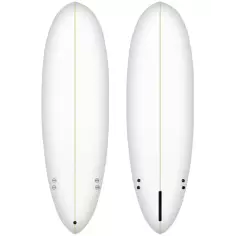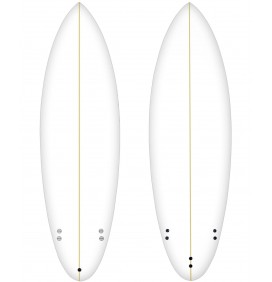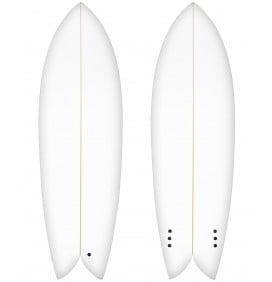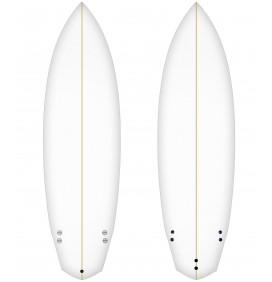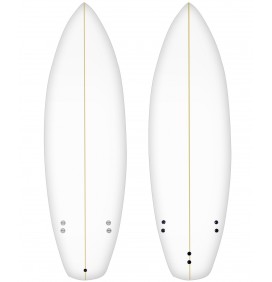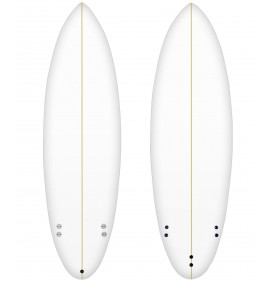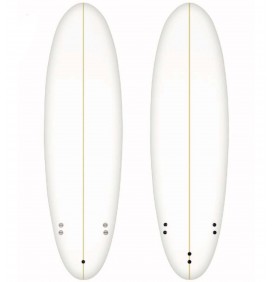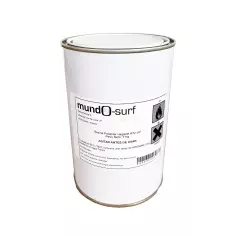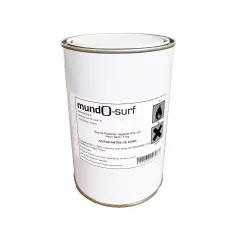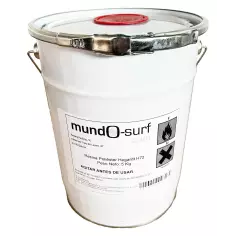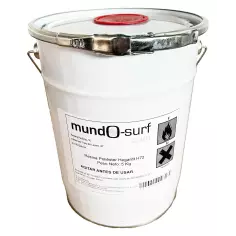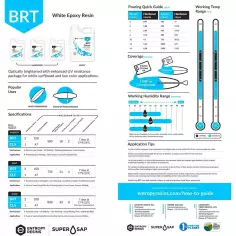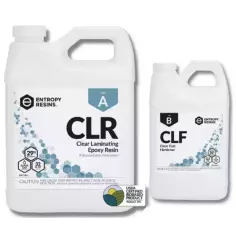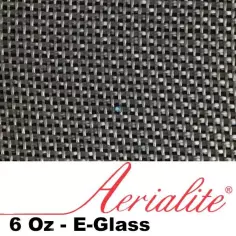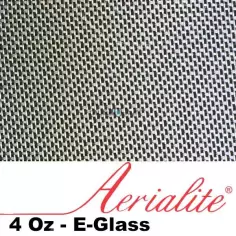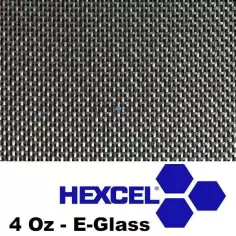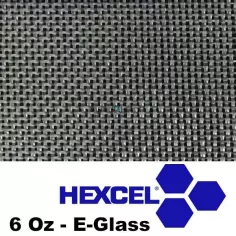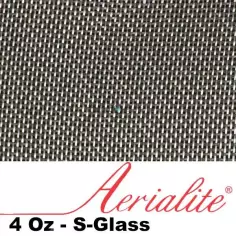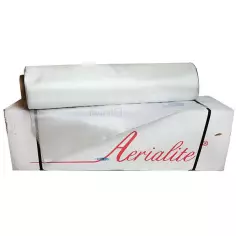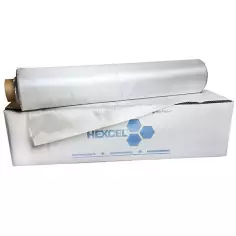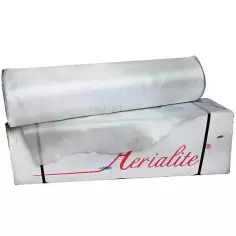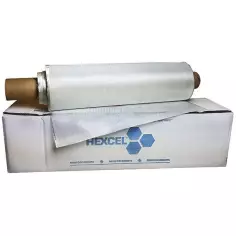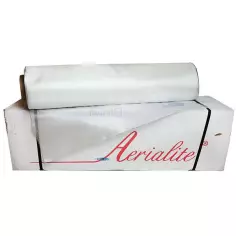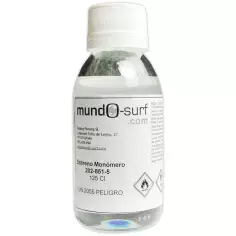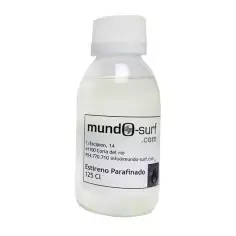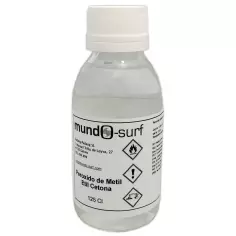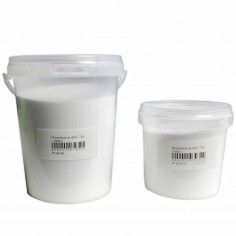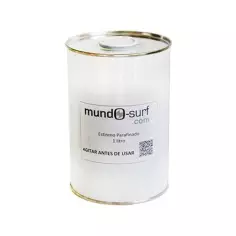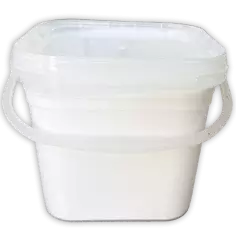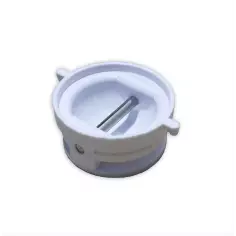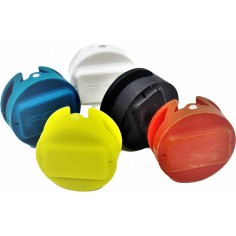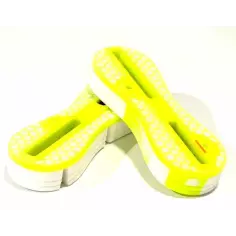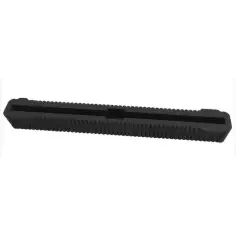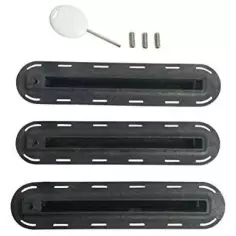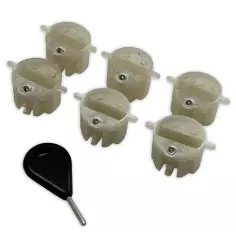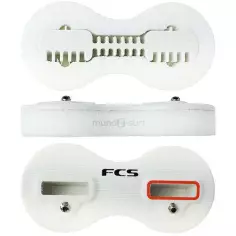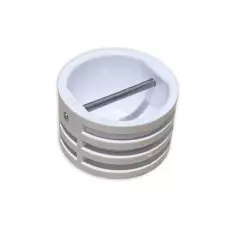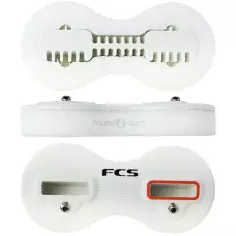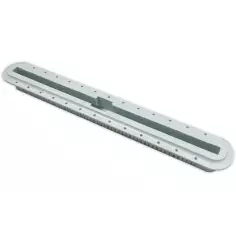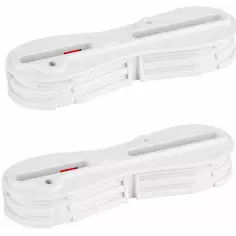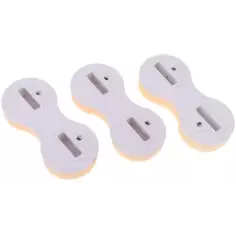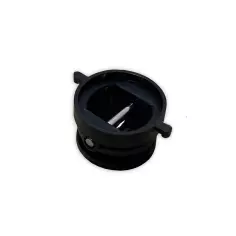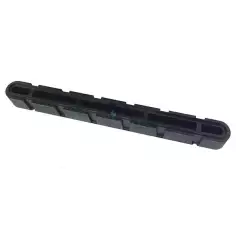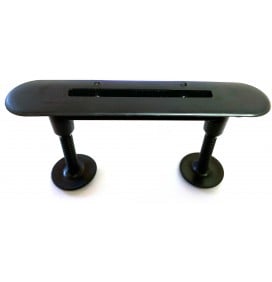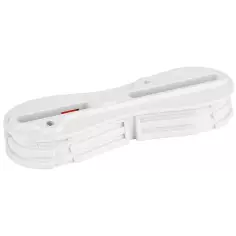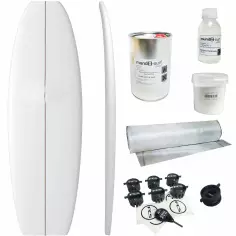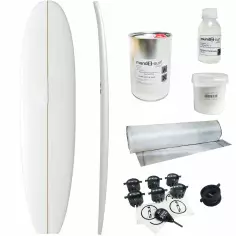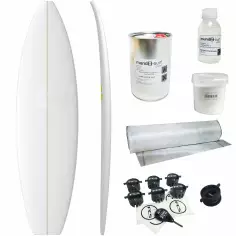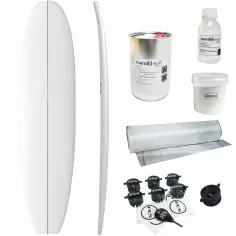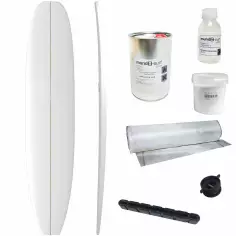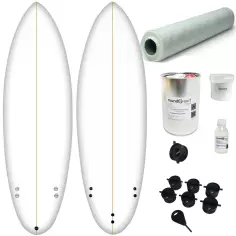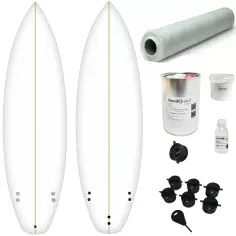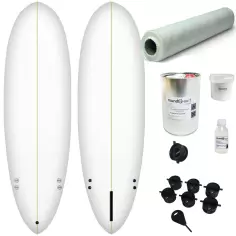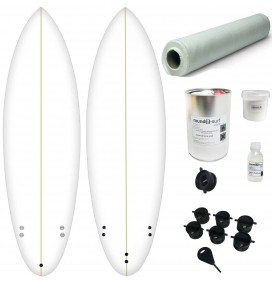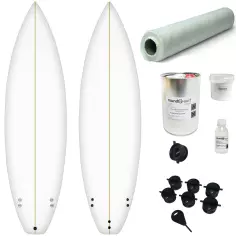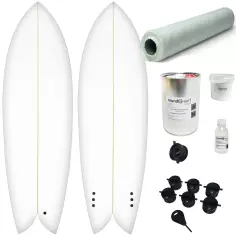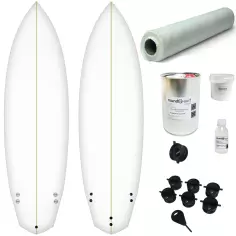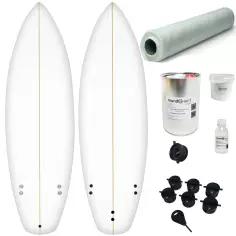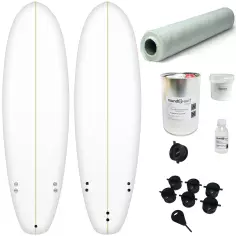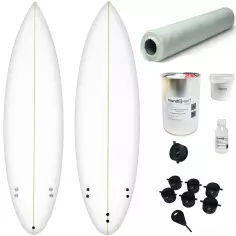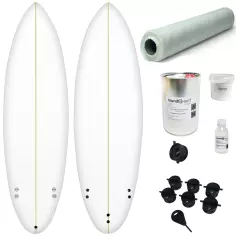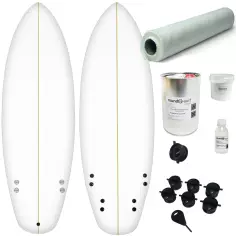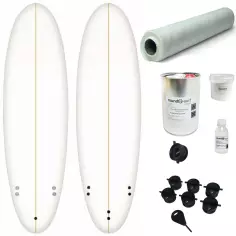Let see all the different raw materials you need to build a surfboard:
1. Foam
The foam or blank is used to make the core of the surfboard. It has a high impact on the overall quality of the surfboard. A good foam resists to pressure, is light, perfectly white, and easy to shape. There are many foam manufacturers, most of them make polyurethane foam, or PU, by injecting a liquid polyurethane foam into a mold. Polyurethane expands to fill the mold.
The foam is cut in two parts, and a layer of wood, called stinger, is inserted between the two parts, to reinforce the foam. They usually have a wide range of foam, to cover all the needs of shapers, from shortboard to longboard.
The other is the EPS foam, which is used for epoxy surfboards, industrially manufactured, as NSP surfboards do with is range of surfboards.
The EPS foam can only be used with epoxy resin, and is not compatible with polyester resins.
2. Polyester resin
It´s the most commonly used. Easier, faster to use, and cheaper than the epoxy resin, 80% of surfboards are made with polyester resin. The polyester resin is mixed with a catalyst, to activate the catalyst process.
You can use a liquid catalyst called MEKP (methyl ethyl ketone peroxide) or an Ultra Violet catalyst that make the resin harden when expose to the sun or an UV light.
There are thousands of polyester resins, but you should choose a resin suitable and designed for surfboards.
At Mundo-Surf.com we have selected the Silmar Resin and the Hegardt H61-UV resin, two high quality polyester resins designed for the surfboard industry.
3. Epoxy resin
Epoxy resin has higher mechanical properties than polyester resin. It´s however much more expensive than polyester resin, and is therefore less used in the surfing industry.
Epoxy resin is mostly used for industrially manufactured surfboards, as NSP or Bic Surfboard´s.
Beware of surfboards presented as "epoxy" at the same price than polyester surfboards. It´s usually Chinese surfboards, made with poor quality epoxy resin and foam, so the result is far below than a polyester surfboard made with good quality raw materials.
As for the polyester resin, there are thousands of epoxy resins, designed for different use.
4. Fiberglass Cloth
The Fiberglass cloth, once impregnated with resin, will give strength and rigidity to the surfboard.
The fiberglass cloth is available in different thickness, different manufacturers and different qualities.
In the surfing industry, the best manufacturers are Hexcel, Aerialite and Shapers.
To buid surfboard, the standard is to use one layer of 4Oz fiberglass on the bottom and two layers of 4Oz fiberglass on the deck.
For retro or longboard, it´s common to use a layer of 4Oz plus a layer of 6oz on the deck, to give more strength and inertia to the surfboard.
E-Glass fiber is the most commonly used, but pro surfers or premium brands prefers S-Glass, a superior fiberglass with silica inside, which allow the shaper using less fiberglass cloth to achieve the same resistance.
5. Waxed styrene
The wax styrene is used with polyester resin in a proportion of 5%, to make the hot coat or gel coat of your surfboard, so the board can be sanded.
6. MEKP catalyst
The MEKP catalyst is used with polyester resin like Silmar resin, to make it hardens, by the action of heat.
It´s used between 1% and 3% of the weight or resin, depending on whether the temperature is 25 or 18 degrees.
Outside from these range of temperatures, the catalyst does not work well.
You can also use MEKP catalyst with UV resin, to work by night for example, so the resin hardens even without UV.
7. Glass microspheres
Glass microspheres are mixed with the resin to obtain a mixture with more consistency.
This mixture is used to repair deep damages and to mount fins or leash plugs.
It´s very harmful if inhaled, so you should always wear a mask.
8. Fins plug
Invented in the 90s by FCS, it has been a revolution in the surf market.
They made possible changing your fins, and removing them when traveling by plane.
FCS X2 original plugs have been copied by many brands, you can now find plugs compatible with FCS fins but at a more affordable price, like Eurofin.
The FUTURES FINS system is another option, more robust but more difficult to mount. You'll also find in our online store the new FCSII and FCS Fusion systems. The side plugs carry a small angle, while the central plug is 90 degrees respect to the surfboard.
9. Leash Plug
The leash plug is placed on the tail of the surfboard, on the deck side, to tie the leash.
Products you may be interested in:

Sebas
Sebas is the passionate creator and founder of Mundo-Surf, a space dedicated to those who live and breathe surfing. With a deep connection to the ocean and an overflowing passion for every wave, Sebas has turned his love for surfing into a mission: to share, inspire, and educate the community.
In addition to being an avid surfer, Sebas is an expert in surfboard manufacturing, an art that combines technique and creativity. Through his blog, he not only offers guides, reviews, and advice but also shares his experience in surfboard creation, helping others understand the process behind each design and material. At Mundo-Surf, Sebas invites us all to discover surfing at its fullest, from the right equipment to the personalized creation of surfboards.




